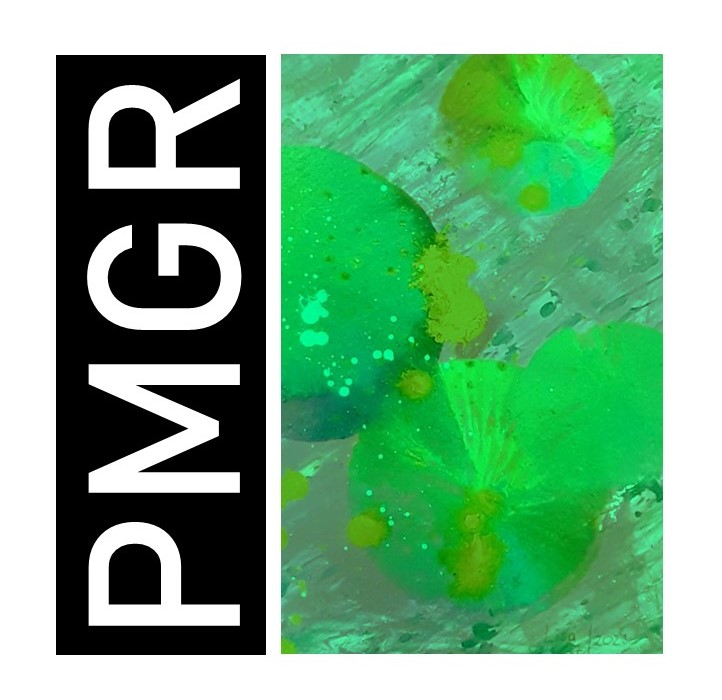Patient-centered medicine: What do patients want?
DOI:
https://doi.org/10.60733/PMGR.2025.10Keywords:
Patient-centered medicine, public opinion, public management, public governance, health care services, perceived quality, health care managementAbstract
In this data report, we provide insight into Austrian public opinion on criteria that are considered important in interactions with hospitals and doctors. Data was collected in a sample of 2,800 respondents, between January and June 2025. The most important criteria are: (1) Clean health care service environment, (2) Professional interactions with health care professionals, and (3) Clear and sufficient information. We observe differences based on demographics such as age, gender, occupation, educational level, and migration background. However, differences remain approximately within one scale point on a 9-point survey scale.
References
C. Doyle, L. Lennox, and D. Bell, “A systematic review of evidence on the links between patient experience and clinical safety and effectiveness,” BMJ Open, vol. 3, no. 1, p. e001570, 2013, doi: 10.1136/bmjopen-2012-001570.
H. P. Gross, S. Ingerfurth, and J. Willems, “Employees as reputation advocates: Dimensions of employee job satisfaction explaining employees’ recommendation intention,” Journal of Business Research, vol. 134, pp. 405–413, Sep. 2021, doi: 10.1016/j.jbusres.2021.05.021.
C. Adams, R. Walpola, M. P. Iqbal, A. Schembri, and R. Harrison, “The three pillars of patient experience: identifying key drivers of patient experience to improve quality in healthcare,” J Public Health (Berl.), Jan. 2024, doi: 10.1007/s10389-023-02158-y.
J. Willems and S. Ingerfurth, “The quality perception gap between employees and patients in hospitals,” Health Care Manage Rev, vol. 43, no. 2, pp. 157–167, Apr. 2018, doi: 10.1097/HMR.0000000000000137.
P. H. Guler, “Patient Experience: A Critical Indicator of Healthcare Performance,” Frontiers of Health Services Management, vol. 33, no. 3, pp. 17–29, Apr. 2017, doi: 10.1097/HAP.0000000000000003.
Y. Lin et al., “Assessing Patient Experience and Healthcare Quality of Dental Care Using Patient Online Reviews in the United States: Mixed Methods Study,” J Med Internet Res, vol. 22, no. 7, p. e18652, Jul. 2020, doi: 10.2196/18652.
E. Burnett, K. Lee, R. Rushmer, M. Ellis, M. Noble, and P. Davey, “Healthcare-associated infection and the patient experience: a qualitative study using patient interviews,” Journal of Hospital Infection, vol. 74, no. 1, pp. 42–47, Jan. 2010, doi: 10.1016/j.jhin.2009.07.027.
C. D. Foo et al., “Exploring the dimensions of patient experience for community-based care programmes in a multi-ethnic Asian context,” PLoS ONE, vol. 15, no. 11, p. e0242610, Nov. 2020, doi: 10.1371/journal.pone.0242610.
S. Steine, A. Finset, and E. Laerum, “A new, brief questionnaire (PEQ) developed in primary health care for measuring patients’ experience of interaction, emotion and consultation outcome,” Family Practice, vol. 18, no. 4, pp. 410–418, Aug. 2001, doi: 10.1093/fampra/18.4.410.
F. Rapport et al., “What do patients really want? An in-depth examination of patient experience in four Australian hospitals,” BMC Health Serv Res, vol. 19, no. 1, p. 38, Dec. 2019, doi: 10.1186/s12913-019-3881-z.
C. Jenkinson, “The Picker Patient Experience Questionnaire: development and validation using data from in-patient surveys in five countries,” International Journal for Quality in Health Care, vol. 14, no. 5, pp. 353–358, Oct. 2002, doi: 10.1093/intqhc/14.5.353.
L. Zinckernagel et al., “How to measure experiences of healthcare quality in Denmark among patients with heart disease? The development and psychometric evaluation of a patient-reported instrument,” BMJ Open, vol. 7, no. 10, p. e016234, Oct. 2017, doi: 10.1136/bmjopen-2017-016234.
E. Davies et al., “Evaluating the use of a modified CAHPS® survey to support improvements in patient‐centred care: lessons from a quality improvement collaborative,” Health Expectations, vol. 11, no. 2, pp. 160–176, Jun. 2008, doi: 10.1111/j.1369-7625.2007.00483.x.
G. Hu et al., “Patient experience of hospital care in China: major findings from the Chinese Patient Experience Questionnaire Survey (2016–2018),” BMJ Open, vol. 9, no. 9, p. e031615, Sep. 2019, doi: 10.1136/bmjopen-2019-031615.
L. Alkire (Née Nasr), G. E. O’Connor, S. Myrden, and S. Köcher, “Patient experience in the digital age: An investigation into the effect of generational cohorts,” Journal of Retailing and Consumer Services, vol. 57, p. 102221, Nov. 2020, doi: 10.1016/j.jretconser.2020.102221.
L. Siciliani, V. Moran, and M. Borowitz, “Measuring and comparing health care waiting times in OECD countries,” Health Policy, vol. 118, no. 3, pp. 292–303, Dec. 2014, doi: 10.1016/j.healthpol.2014.08.011.





